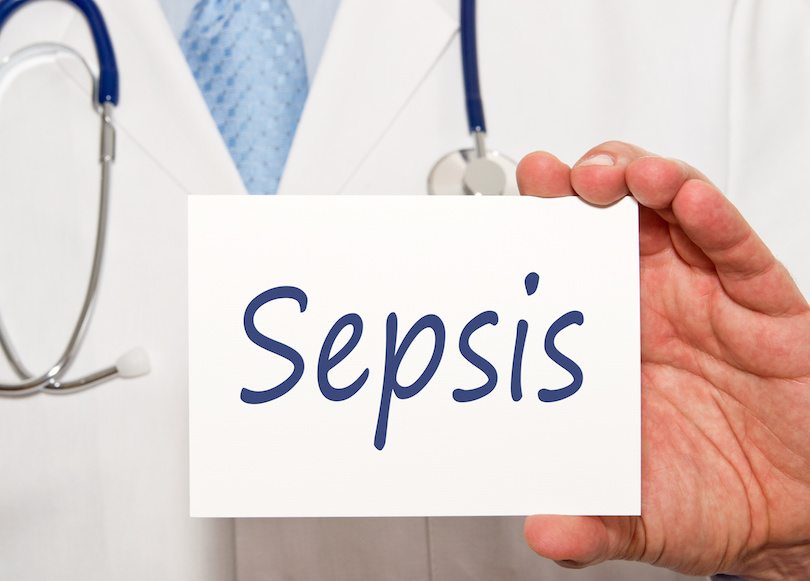When an infection is not treated properly, the result can be sepsis — a physical reaction that can have grave, even life-threatening consequences such as organ failure. Here, some details on the condition so you can spot symptoms and stay safe.
Most common causes of sepsis
People age 65 or older or who have weakened immune systems are at increased risk for sepsis.
Most common symptoms of sepsis
If you notice any of these symptoms, contact your doctor immediately.

